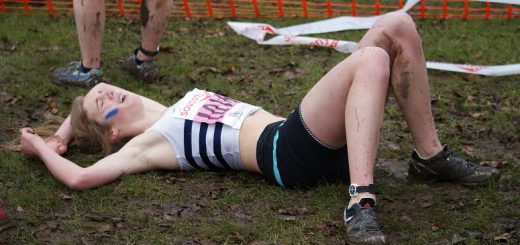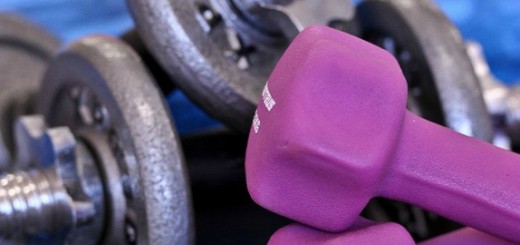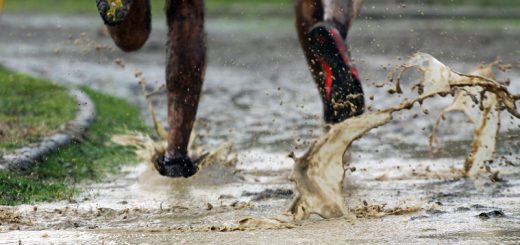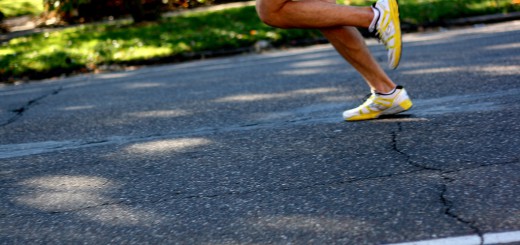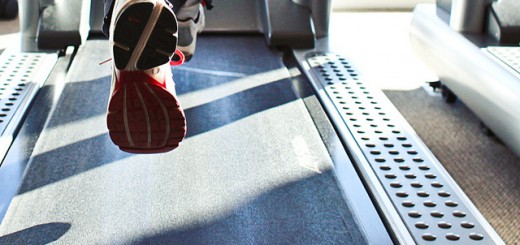Effects of Arthritis and Diagnoses
Arthritis can affect you as a runner in several ways. It can cause pain, swelling, and stiffness in the joints, which can make it difficult to run. Additionally, arthritis can increase the risk of injury, particularly in the knees and hips.
If you suspect that you have arthritis, you should see a doctor. The doctor will perform a physical examination, take a medical history, and order diagnostic tests such as X-rays, MRI, and blood tests.
How to Run With Arthritis
If you have arthritis and want to continue running, there are some things you can do to reduce pain and prevent further damage to your joints:
-
Wear the Right Shoes: Choose shoes that provide good support and cushioning to reduce the impact on your joints.
-
Warm-up and Cool-down: Always warm up before your run with stretching exercises to loosen your muscles and joints. After your run, cool down with gentle stretching exercises.
-
Gradual Increase: Start with shorter distances and gradually increase your mileage to avoid putting too much stress on your joints.
-
Cross-Train: Incorporate other low-impact exercises, such as swimming or cycling, to reduce the impact on your joints.
-
Listen to Your Body: If you experience pain during a run, stop and take a break. It's better to take a break than to risk further injury.




